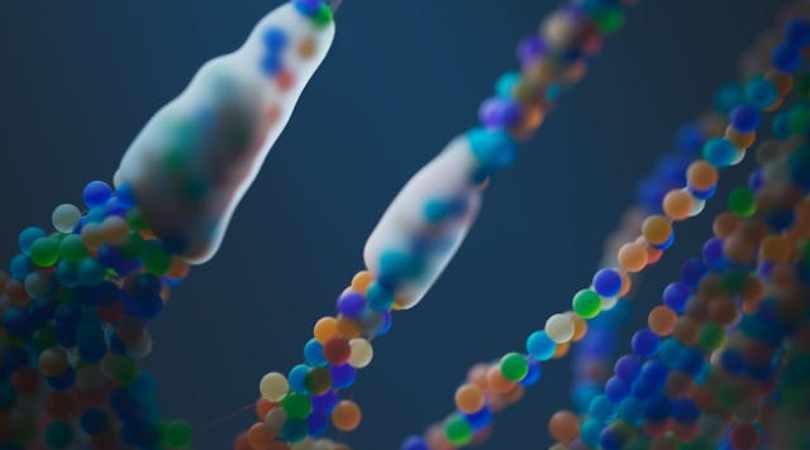Scientists have successfully restored the lost uricase enzyme, a key breakthrough in combating fructose-induced fat formation. This discovery offers new hope for preventing obesity and metabolic disorders by targeting how the body processes sugar and stores fat.
Limited Quantities Available! Order Today and Enjoy Free Shipping on Orders Over $100!
The Sugar Diet Illusion: Why It Works (Briefly)—And How It Harms Metabolic Health

There’s a strange new trend making the rounds: so-called “sugar diets.” High-fructose fruit binges. Juice fasts. Sweet, carb-heavy regimens that seem to deliver glowing energy, fat loss, and appetite control.
And here’s the surprising part: for a while, they do.
But learning why they work should give you pause.
Beneath this temporary metabolic high lies a powerful biological trick: a stress hormone called FGF21. Once you understand how it works, the entire phenomenon starts to make sense—and reveals why this is not a path to real metabolic health.
This article will unpack the science behind FGF21, explain why sugar diets can feel so good (briefly), and show what’s really required to build lasting metabolic resilience.
What Triggers FGF21?
FGF21 (Fibroblast Growth Factor 21) is a hormone released by the liver in response to metabolic stress. Two key triggers are especially relevant:
1. Low-Protein Meals
A controlled study in healthy men showed that eating a low-protein, high-carbohydrate meal caused FGF21 levels to rise by 60% within 90 minutes, staying elevated for hours. Over five weeks, participants needed to increase their calorie intake by about 20% just to maintain their weight—demonstrating that FGF21 can significantly boost energy expenditure.
2. High-Fructose Intake

Consuming about 75 grams of fructose caused FGF21 to rise three- to four-fold within two hours—a response not seen with glucose. Individuals with metabolic syndrome exhibited an even stronger FGF21 spike.
In short, when your diet is low in protein and high in fructose, FGF21 levels surge—and the body responds in ways that temporarily feel beneficial.
What FGF21 Does
When FGF21 rises, people often experience increased energy expenditure, diminished sugar cravings, and temporarily improved insulin sensitivity. This explains why some report spontaneous fat loss or appetite shifts in the early phase of a "sugar diet" (source).
But this metabolic "glow-up" is not a sign of true wellness. FGF21 is acting as a short-term rescue signal, not a foundation for sustained health.
Stress Signal Disguised as Wellness
FGF21 is a stress signal—not a wellness tonic. This adaptation helps the body survive short-term protein deficiency or periods of nutritional imbalance—not to thrive on a diet overloaded with sugar.
Chronically elevated FGF21 is linked to fatty liver, insulin resistance, and broader metabolic disease. And despite the temporary bump in energy expenditure, FGF21 does not reliably activate thermogenic brown fat after fructose intake. The extra energy burned is modest and fleeting.
In other words, what initially feels like a metabolic upgrade is often masking hidden strain and deeper dysfunction.
Check Out - Sugar and Your Brain: How Excess Fructose Hijacks Your Mood, Energy, and Willpower
Why the Sugar Honeymoon Ends

The initial effects of a high-fructose, low-protein diet rarely last. Over time, fructose continues to deplete ATP, raise uric acid, and stress mitochondria. The liver and visceral fat accumulate damage more quickly than FGF21 can compensate.
Eventually, the very FGF21 response that felt helpful becomes a marker of chronic metabolic stress. Energy levels decline, fat storage increases, and metabolic resilience weakens.
Building Real Metabolic Resilience
At LIV3 Health, we focus on restoring metabolic health—not masking dysfunction with stress-driven responses.
One key strategy is to reduce the burden of fructose metabolism itself. Preclinical research suggests that luteolin may inhibit fructokinase, the enzyme that initiates fructose metabolism and drives ATP depletion and uric acid production.
That’s why SugarShield is formulated around this principle: to help block the damaging cascade triggered by fructose and support recovery, not rescue.
While SugarShield does much of the heavy lifting, we do well to support this process through our daily choices. Prioritizing adequate protein intake, choosing low-glycemic carbohydrates, and incorporating nutrients that support mitochondrial energy flexibility all help to further rebuild and maintain a strong metabolic foundation.
Check Out - Top 10 Ways to Stop Sugar Cravings Naturally
Recovery, Not Rescue
Yes, high-fructose and low-protein diets can create an initial sense of well-being—thanks to a powerful FGF21 response.
But FGF21 is a warning flag, not a wellness marker. It signals that the body is compensating for imbalance, not thriving.
At LIV3, we advocate for recovery, not rescue. By targeting the root causes of metabolic stress—with tools like SugarShield and thoughtful nutrition—we help our community move beyond short-term tricks and build lasting metabolic resilience.
Disclaimer: The information in this blog reflects personal opinions, experiences, and emerging research. It is not intended as medical or professional advice and should not replace consultation with qualified professionals. The accuracy of this content is not guaranteed. Always seek guidance from a licensed expert before making any health-related decisions.


Chris | 🔬 Founder of LIV3 Health
⚡ A keen researcher dedicated to uncovering the root causes of metabolic dysfunction, the key driver of chronic conditions behind 70% of global deaths. His findings led to science-backed, natural solutions designed to inhibit fructose metabolism.
📢 Follow me on Reddit for insights on metabolic health and the future of wellness! -






